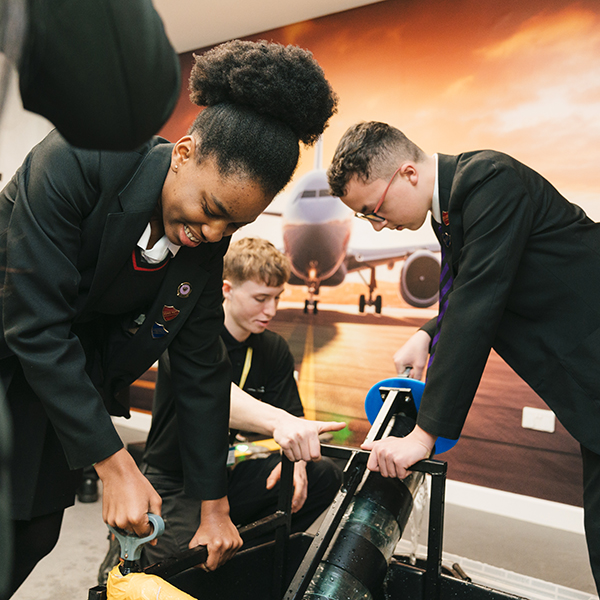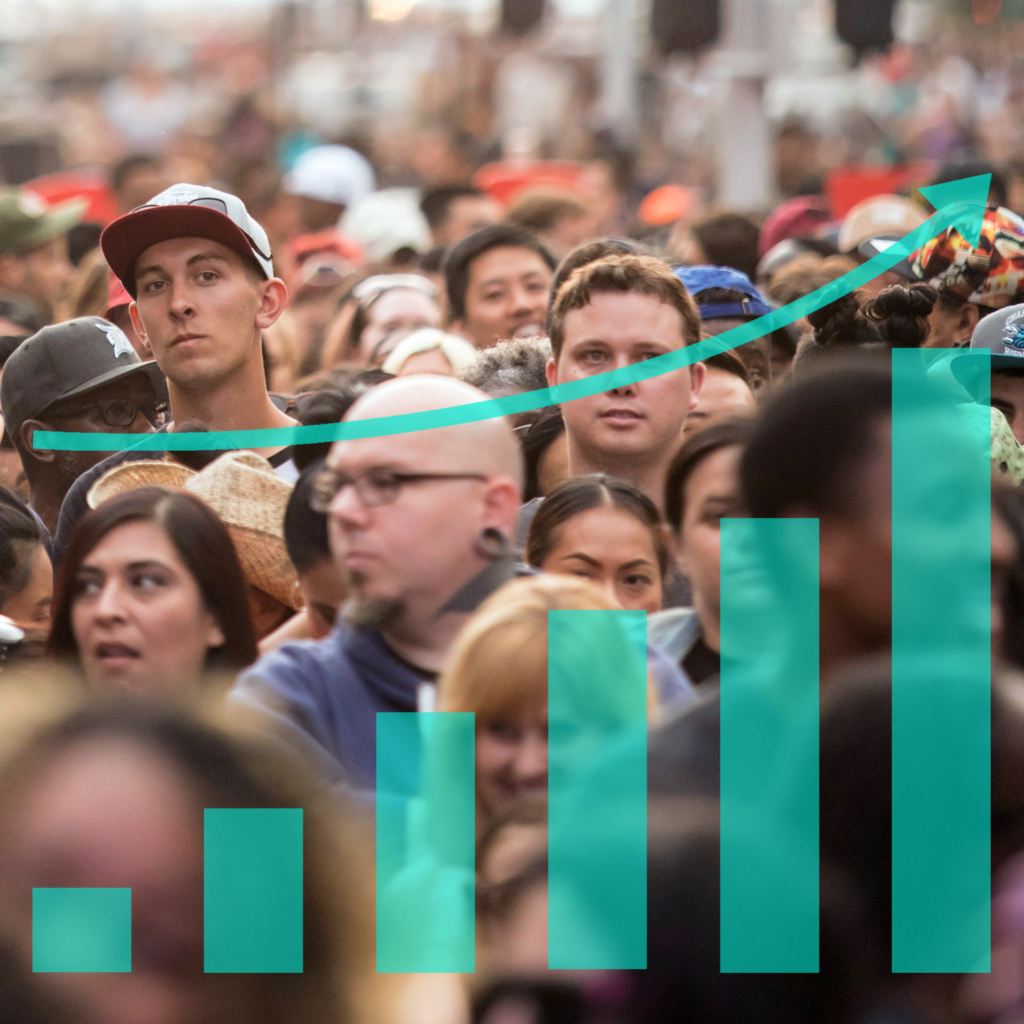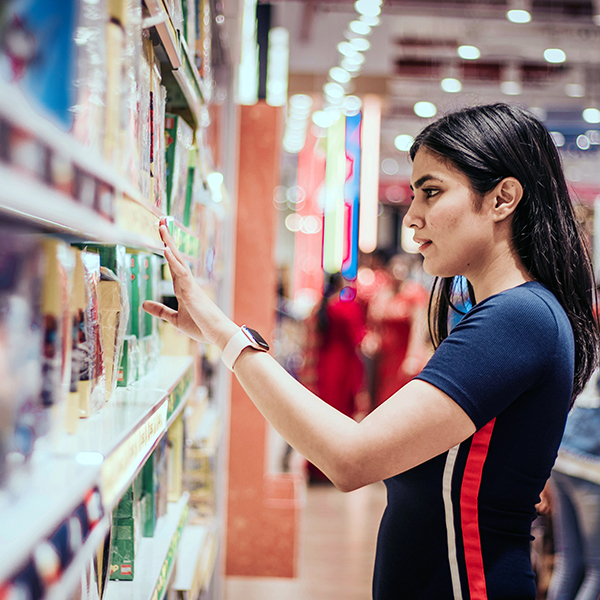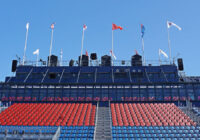Morag Cuddeford-Jones writing in Exchange – the content hub of the Chartered Institute of Marketing – talks about whether marketers are missing an opportunity for engagement as Premier League returns to our UK screens.
As the long-awaited Premier League returns to UK screens, are marketers missing an opportunity for engagement?
Bit by bit, restrictions are easing but we are a far way from anything that could be remotely termed ‘normal’. Non-essential shops have re-opened but their carefully merchandised shelves are punctuated by arrows instructing customers to follow the one-way system and stay two metres apart.
Some sport, too, has resumed, taking on a wider significance in the age of Covid. While the Bundesliga in Germany has been underway since mid-May, the English Premier League only kicked off again on Wednesday 17th June, but with drastic changes from when the final whistle blew in March. Here, it’s not what has been added, but what has been taken away that stands out: The crowds.
Instead of entering the stadium to the rousing – and sometimes dubious – chants from fans, there was an eerie silence. The soundtrack to the game itself involved nothing but the lightest pounding of studs on grass and the occasional peep of the ref’s whistle. Radio commentators were working particularly hard, as gaps in their patter left nothing but dead air. Taking aside the view of die-hard supporters, the spectacle of the Premier League is its chief selling point; it’s not the result but the atmosphere that counts. Will sporting brands struggle to engage with fans without this vital ingredient?
Nick Fuller is President of EVERFI (International) and was Head of Education at the London 2012 Olympic and Paralympic Games. While the experience won’t be the same for some time, he believes sporting organisations are able to find a reasonable workaround: “Sports brands can still recreate the thrill of the match in an empty stadium. In fact, many are already. With just a little innovation and technology on their side, sports brands can get close to recreating the immersive fan experience we’ve come to expect.”
He reveals that Danish Super League club AGF Aarhus put up a “virtual stand” in its stadium to display the images of 10,000 fans connected to the match via Zoom. Several Premier League clubs are considering doing the same and during the Manchester City v Arsenal match on Wednesday night, screens were erected pitchside to show fans interacting from home.
And if football fans consider themselves to be no dummies, that may be about to change: “Newcastle United is one of a number of clubs offering fans a life-size cardboard cut-out of themselves on its stands. If Bundesliga club Borussia Mönchengladbach is anything to go by, these cardboard fans will be a success. Officials from Borussia Mönchengladbach have already put up more than 12,000 of them in their stadium.”
Sky Sports also announced that it will offer a ‘Crowds’ feature by partnering with EA Sports’ FIFA game brand to provide bespoke soundtracks that viewers could choose to overlay. The computer game has invested heavily in the realism of its gaming experience and that includes crowd soundtracks featuring fan chants of the teams on the virtual pitch at the time. It makes sense that this realism could be repurposed to help reality along a bit.
Nothing is quite right yet. There was always going to be an ersatz quality about any attempt to replace pre-Covid experiences, in sport or business, while conditions wouldn’t allow a return to normal. But through these various innovations designed to find ways of conveying experience, we may well discover surprising new ideas that could be for life, not just for coronavirus.







